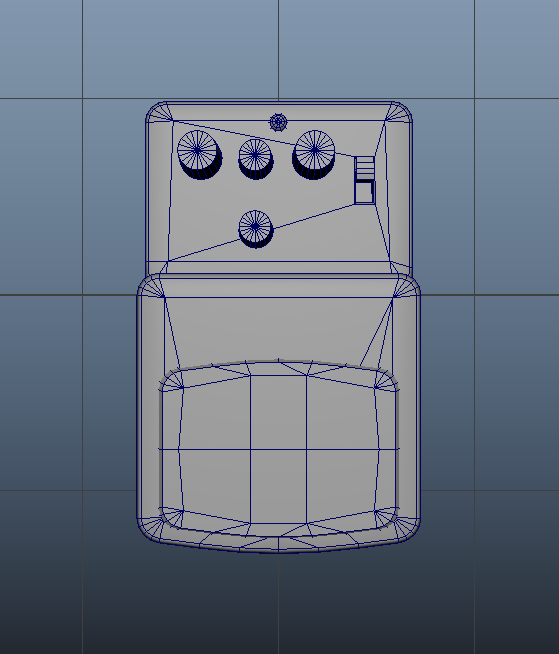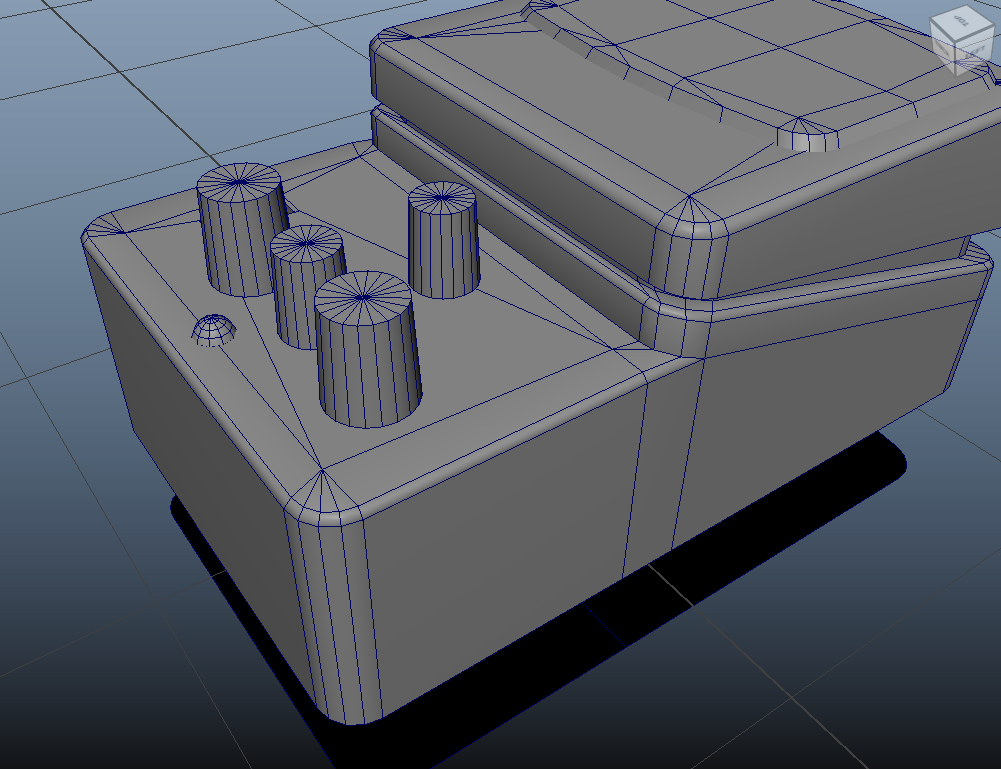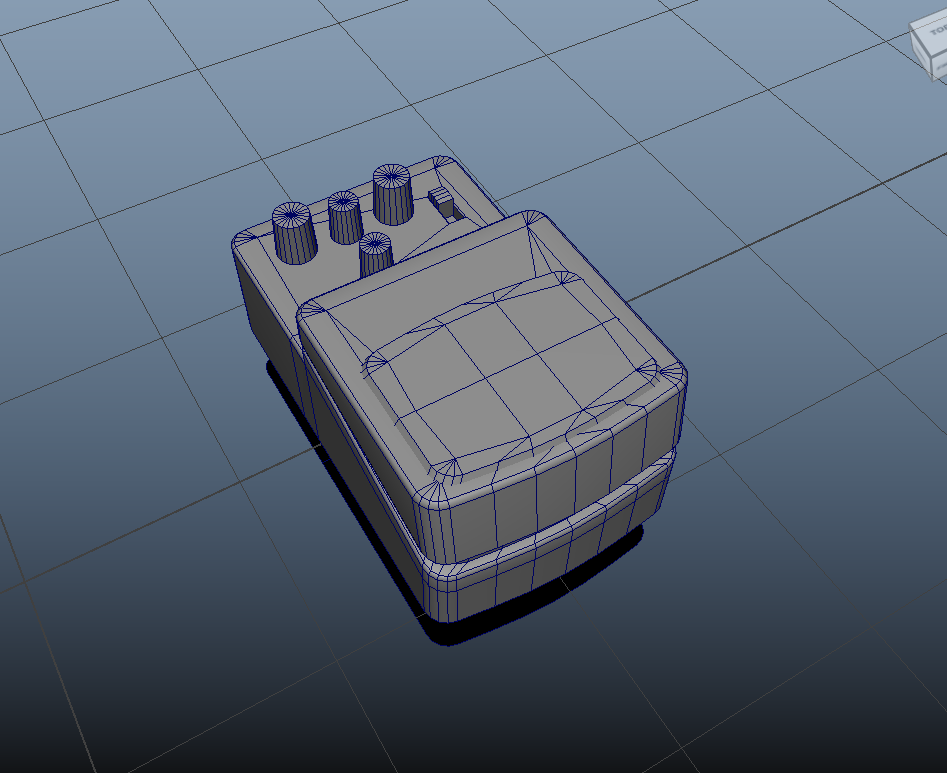The BRAWL² Tournament Challenge has been announced!
It starts May 12, and ends Oct 17. Let's see what you got!
https://polycount.com/discussion/237047/the-brawl²-tournament
It starts May 12, and ends Oct 17. Let's see what you got!
https://polycount.com/discussion/237047/the-brawl²-tournament
Improving my 3D modeling
Hi guys, first time posting here.
I wanted to ask for some crit since i've recently started to "seriously" learn modeling (I came from an environment concept art background), and i want my carreer to move towards 3D environment art.
I've been told that is important to first and foremost learn how to model decent props, so this is the one i'm making right now (not finished)
Topology things i've tried to apply:
- The obvious avoiding n-gons
- Keeping my tries "chunky"
- spending my polys to sell the rounded shapes
Things i have some doubts on:
- Is it ok to chamfer the edges like this to sell the highpoly look?
- is this getting close to an acceptable level of modeling?
Let me know what you think, i really want to improve and any suggestion would be gold for me.
Also if you can share any examples of good artist that show the topology of their props / general process i would highly appreciate it



I wanted to ask for some crit since i've recently started to "seriously" learn modeling (I came from an environment concept art background), and i want my carreer to move towards 3D environment art.
I've been told that is important to first and foremost learn how to model decent props, so this is the one i'm making right now (not finished)
Topology things i've tried to apply:
- The obvious avoiding n-gons
- Keeping my tries "chunky"
- spending my polys to sell the rounded shapes
Things i have some doubts on:
- Is it ok to chamfer the edges like this to sell the highpoly look?
- is this getting close to an acceptable level of modeling?
Let me know what you think, i really want to improve and any suggestion would be gold for me.
Also if you can share any examples of good artist that show the topology of their props / general process i would highly appreciate it




Replies
This isn't a great model for pushing your skills, as it's very simplistic and missing a lot of the tougher cases.
The whole avoiding Ngon thing is really dependent on what you are modelling, they are actually totally fine on a flat surface. N-gons are mostly bad in cases where the plane is curved, or you want to do sub division modelling, or if the mesh is going to deform. Models will get triangulated on export/import these days anyway.
Doing single edge bevels like that also isn't enough geometry to get correct shading. I'd recommend researching how korean bevels work. Even if you don't use the technique, it will help solidify your understanding of how normals and shading does work. You also have a lot of geo that's not actually contributing to the shading, or the silhouette which can just be nuked.
I would suggest avoiding triangle fans though, as they are far harder on the game engines to process and can end up being quite expensive.
can you give me a general idea of what would be best to model at my current level?
as for the triangle fans, how can they be avoided when i have rounded edges like in this case?
I will definitely check out Korean Bevels
You can use these kind of bevels with face weighted normals (that you seem to be using? Not sure what I'm looking at), but it adds complication.
Thanks for the reply! i was just wondering about what to do with the corners.
I saw a video from EMC3D where he said that long triangles can cause problems, i'm not sure i understand why though
Two other possible aspects that wouldn't apply in this case, because it's a flat surface, are mapping and normal map baking.
When the UV angles don't match the geometry angles exactly, some skewing can occur across the edges of neighbouring triangles, and the thinner the triangles are, the more pronounced the effect is even with minute differences.
And in case this happens across a curved surface, the normal map might not have enough pixels across a very thin triangle to accurately modulate the normals.
But in this case, both your version and removing the inset/merging should be fine. Probably an argument could be made that yours is a bit more work and that there are long thin triangles in the bevels anyway.
And yeah Noren is right, the corner fans are ok, it's just the cylinder caps where it's getting too much.
But then our tips are all kinda generic. It'd help if you settled on a workflow, of how you are going to texture the model, because a lot of this depends on that.
I would like to use a pbr workflow, right now i have some experience with Substance designer but not much with substance painter.
i like the idea of using as many trims as possible, as i said i'm more intersted in environment stuff like houses, walls, terrain ecc...